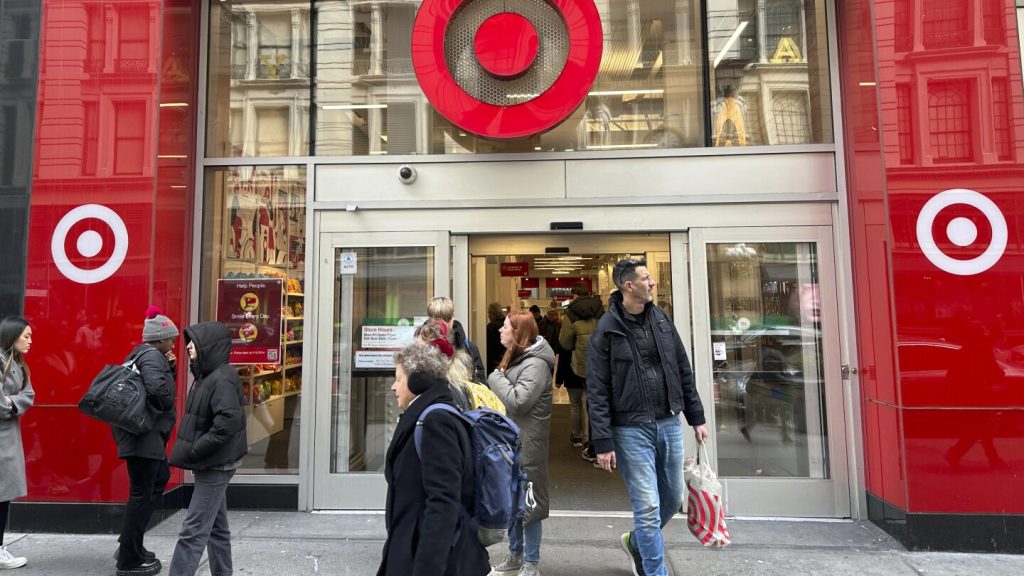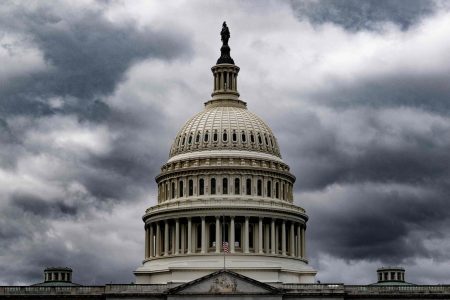Despite a slight decrease in consumer confidence in the U.S. this month, Americans continue to grapple with higher prices and a less optimistic outlook for the short-term future. The Conference Board reported that the consumer confidence index remained steady at 104.7 in March, compared to a revised 104.8 in February. While Americans are feeling more positive about current economic conditions, their short-term expectations for income, business, and the job market have decreased, potentially signaling a looming recession if the index falls below 80. Concerns over food and gas prices, as well as the upcoming presidential election, have influenced consumers’ outlooks.
The Conference Board’s survey also revealed a divide in confidence levels among different age groups and income brackets. While consumers aged 55 and older reported improved confidence, those under 55 saw a decline. Additionally, respondents earning between $50,000 and $99,999 expressed lower confidence compared to other income groups. The board’s chief economist, Dana M. Peterson, noted that consumer confidence has remained stagnant over the past six months, with no significant trends in either a positive or negative direction based on income or age.
Despite mixed consumer sentiment, most economic indicators suggest that the U.S. economy is performing well by historical standards. However, there are signs of growing anxiety among Americans, as evidenced by a recent report showing a brisk 3.2% annual growth rate in the economy from October to December. While retail sales have increased, they did not meet expectations, and a revision of a decline in January further reflects consumers’ cautious spending habits. On the bright side, the labor market continues to thrive, with U.S. employers adding 275,000 jobs in February. Despite a slight uptick in the unemployment rate to 3.9% from 3.7%, joblessness has remained below 4% for 25 consecutive months, the longest stretch since the 1960s.
Overall, the stability of consumer confidence in the U.S. amid higher prices and uncertainty about the future reflects a sense of cautious optimism among Americans. While concerns over economic conditions, food and gas prices, and the upcoming presidential election persist, there are positive indicators such as a thriving labor market and solid economic growth. The differing confidence levels among age groups and income brackets highlight the varied impact of economic factors on consumer sentiment. As the nation navigates through these uncertainties, it will be crucial to monitor how consumer confidence evolves in the coming months and its implications for the overall economic outlook.















